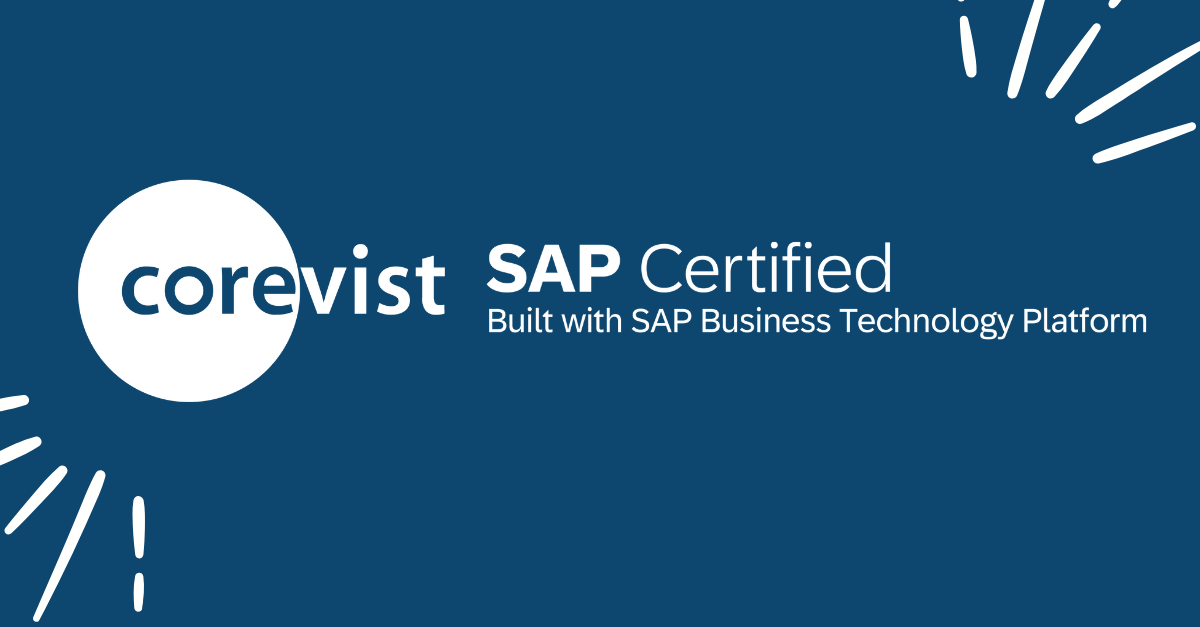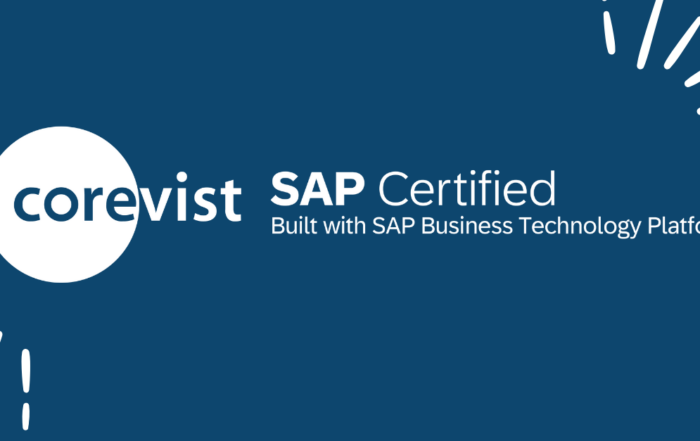Share
Author
George Anderson
Share
What manufacturers can learn from distributors
As the pressure mounts on manufacturers to launch SAP ecommerce for sustained competitive viability, they’re encountering the massive mindset shift that’s required for online success. It’s not only old processes that must be retired, but old thinking.
Why? Because ecommerce for manufacturers changes everything.
Organizational change is disorienting, and the ecommerce journey is no exception. To help ground you on this journey, we like to talk about it in these terms: Think like a distributor, act like a manufacturer.
Here’s what that means.
Thinking like a manufacturer
There’s a lot of legacy thinking still in place in manufacturing. Now, legacy thinking isn’t suspect just because it’s established—not at all. In fact, much of it should remain in place as organizations evolve. However, the ecommerce age demands that manufacturers evolve their thinking in one critical area: CX (customer experience).
That’s a stark contrast to the traditional focus of manufacturers. Before the ecommerce revolution, manufacturers had their hands full with things like:
- Research and development
- Product safety
- Manufacturing processes (where, how, when, etc.)
- OSHA compliance and employee safety
- Selling only your own products
- Availability of product to distributors
Manufacturers haven’t had to worry about the customer experience of their end users because distributors did it for them. Because those relationships with distributors tend to be governed by contracts, you might say manufacturers have tended to view their immediate customers (distributors) like employees. The parallels are a little startling:
- Distributors, like employees, are expected to stick around for the long haul. Nobody likes churn in either category.
- Distributors, like employees, have limited bargaining power with manufacturers. The manufacturer can always find another distributor or another employee.
- Distributors, like employees, are under contract with the manufacturer. It’s on paper, it’s signed, and it gives the whole relationship a feeling of relative permanence.
Basically, whether their ultimate consumers were B2B or B2C, manufacturers haven’t been terribly consumer-oriented. They didn’t have to create an informative customer journey for their ultimate consumers. They didn’t need product reviews or application notes. They just had to make it fairly easy for their distributors to buy.
In other words, manufacturers didn’t have to worry about the buying experience of their end users. Distributors took care of that—including merchandising, related products, and similar value-added functions.
All that has changed. In the ecommerce age, it’s imperative for manufacturers to examine the thinking of distributors and see what they can learn.
Thinking like a distributor
A distributor’s world is far different from that of a manufacturer. Distributors have their hands full with things like:
- Market visibility and winning new customers
- Turning new customers into repeat customers by winning trust
- Competitive pricing (in highly commoditized markets)
- Competitive shipping service (price and speed)
- Carrying the right related products regardless of who manufactures them
- Equivalent product substitution rules
- Maintaining availability of a product type across competing manufacturers
- Increasing basket size through cross-selling/upselling
In other words, distributors don’t take any customer relationship for granted—they don’t even take a single transaction for granted. Their ecommerce market experiences the full pressures of consumerization. Here’s what those pressures look like:
- Earn the customer’s business in every transaction.
- Earn the customer’s trust in the ecommerce website every time they visit.
- Educate every user on every product, every time, through self-service.
- Honor and respect the customer’s time by keeping the ecommerce website easy to use.
So what does that mean for manufacturers? How can they think like distributors while still acting like manufacturers?
Let’s take a look.
Next step 1: Earn trust through seamless ecommerce with live SAP data
At Corevist, we subscribe to a radical notion when it comes to manufacturers thinking like distributors. Rich product content is great—for manufacturers that need it. But it’s the SAP integration that will make or break your ecommerce initiative.
Here’s where distributor thinking comes into play: live SAP data (through that integration) is the missing piece to creating seamless, distributor-style customer experience.
Think about all the data points which distributors may offer in ecommerce—data points which manufacturers can only offer through a real-time SAP integration:
- Customer-specific/Product-specific scaled pricing
- Product-specific inventory availability
- Accurate ATP
- Accurate RDD
- Accurate customer credit standing
- Real-time order status
- And MUCH more
That SAP integration remains the biggest challenge for manufacturers launching ecommerce. It’s why Corevist Commerce exists. We’re integrated to SAP right out of the box, with the integration tailored to your unique needs in 90 days or less. With our fully scalable architecture, we allow manufacturers to evolve toward distributor thinking by adding a catalog with rich content when they’re ready.
When manufacturers prioritize real-time SAP data this way, they think like a distributor–offering seamless customer experience–but still act like a manufacturer.
How?
By offering the same high-value product line that end users can’t get anywhere else. The “act like a manufacturer” part doesn’t change because your reason for existence, your product line, doesn’t go away. Rather, with distributor thinking, you make it easier for your end users to access that product line.
Next step 2: Think about carrying related products (which you don’t manufacture)
Once you have your ecommerce store up and running, interacting with SAP in real time, you can break out the big guns. By which we mean, carrying related products.
Again, this is distributor-style thinking which wise manufacturers are adopting. If you’re going to launch ecommerce, why not push more revenue through it? Why not offer more value to your end user than just the product you manufacture?
This isn’t as hard as it sounds. Think of the use cases for your major products, and think of any related products which the user might need to complete the picture. Here are some examples:
- You manufacture flooring. Why not carry molding, too, from another manufacturer? (See the case study below)
- You manufacture paint. Why not carry paint applicators, too, from another manufacturer?
- You manufacture industrial machines. Why not carry generic maintenance consumables which your end users need to perform maintenance on your machines?
Of course, every market is different, but the possibilities here are endless. And for manufacturers launching ecommerce, that’s great news.
Moving forward: FREE case study
Wondering what distributor-style thinking looks like at a manufacturer? Download this case study on Mannington Mills. You’ll learn how this leading manufacturer of flooring launched an ecommerce catalog, including value-add products from other manufacturers, and increased web channel sales by 150%.
[want_more title=”Learn more” subtitle=”FREE Case study: 150% Sales Growth with Rich Content” description=”Learn how a leading flooring manufacturer more than doubled sales with a B2C-style catalog.” button_text=”Download Now” button_link=”https://www.corevist.com/mannington-mills/” button_class=”btn btn-primary mannington-ae” title2=”See it for yourself” subtitle2=”Talk to us” description2=”Curious what Corevist Commerce can do for you? Let us show you a personalized demo. You’ll see ecommerce with real-time SAP data.” button_text2=”Schedule Demo” button_link2=”https://www.corevist.com/demo/” button_class2=”demo-popup”]







